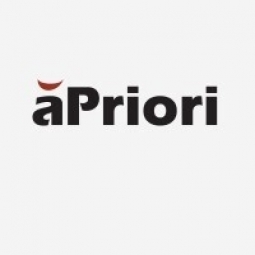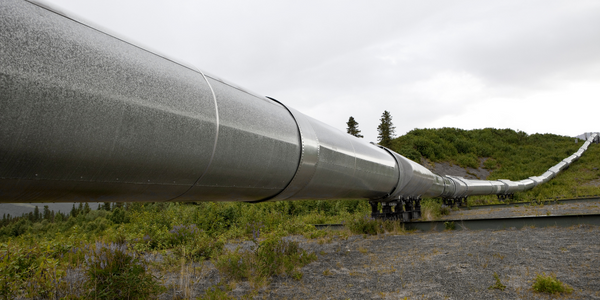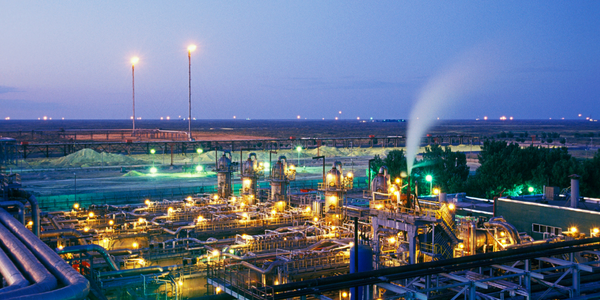Technology Category
- Analytics & Modeling - Digital Twin / Simulation
- Sensors - Optical Sensors
Applicable Industries
- Oil & Gas
Applicable Functions
- Procurement
- Product Research & Development
Use Cases
- Manufacturing Process Simulation
- Smart Lighting
About The Customer
Signify, headquartered in the Netherlands, is the world leader in lighting for consumers, professionals, and the internet of things. They offer conventional, LED, and connected lighting solutions. Their innovative lighting solutions are supported by 37,000 employees spread across 70 countries. Their 2 billion+ LEDs sold have saved the equivalent carbon emissions of 23 million cars. As part of its commitment to global leadership in the lighting industry, Signify aims to ensure best-in-class procurement practices.
The Challenge
Signify, a global leader in the lighting industry, was seeking to enhance its procurement practices to ensure the acquisition of parts with the best cost, quality, and availability. The company aimed to expand its capabilities for generating should cost analyses for its products purchased from external vendors by 8 times. A 'should cost' refers to a projection of a given component’s cost if efficient manufacturing and distribution practices are followed. This understanding can help negotiate lower prices, identify opportunities for cost reduction, and foster more collaborative supplier relationships. However, manual should cost estimation is a time-consuming task. Signify needed an automated approach to optimize costs for their diverse portfolio of products. The company had previously partnered with aPriori in 2017 to generate select should cost models for mechanical parts, which proved successful.
The Solution
Signify decided to use aPriori’s digital manufacturing simulation to democratize should cost analysis. Procurement professionals only need to upload a 3D CAD file through a cloud-based web application. aPriori simulates manufacturing in a digital factory, providing fast, highly detailed should cost models that can be configured to reflect the diverse cost structures of real-life suppliers. A procurement professional can request a should cost analysis with only a few additional clicks. The requester receives an e-mailed report with a should cost summary, a more detailed cost breakdown in an attached Excel file, and a link to detailed cost and manufacturability analysis within aPriori. This detailed breakdown of component costs forms the foundation for more constructive, collaborative, and fact-based supplier negotiations. Signify sourcing professionals can collaborate with suppliers to develop a more efficient cost structure that is mutually beneficial.
Operational Impact
Quantitative Benefit

Case Study missing?
Start adding your own!
Register with your work email and create a new case study profile for your business.
Related Case Studies.

Case Study
Taking Oil and Gas Exploration to the Next Level
DownUnder GeoSolutions (DUG) wanted to increase computing performance by 5 to 10 times to improve seismic processing. The solution must build on current architecture software investments without sacrificing existing software and scale computing without scaling IT infrastructure costs.

Case Study
Remote Wellhead Monitoring
Each wellhead was equipped with various sensors and meters that needed to be monitored and controlled from a central HMI, often miles away from the assets in the field. Redundant solar and wind generators were installed at each wellhead to support the electrical needs of the pumpstations, temperature meters, cameras, and cellular modules. In addition to asset management and remote control capabilities, data logging for remote surveillance and alarm notifications was a key demand from the customer. Terra Ferma’s solution needed to be power efficient, reliable, and capable of supporting high-bandwidth data-feeds. They needed a multi-link cellular connection to a central server that sustained reliable and redundant monitoring and control of flow meters, temperature sensors, power supply, and event-logging; including video and image files. This open-standard network needed to interface with the existing SCADA and proprietary network management software.

Case Study
Refinery Saves Over $700,000 with Smart Wireless
One of the largest petroleum refineries in the world is equipped to refine various types of crude oil and manufacture various grades of fuel from motor gasoline to Aviation Turbine Fuel. Due to wear and tear, eight hydrogen valves in each refinery were leaking, and each cost $1800 per ton of hydrogen vented. The plant also had leakage on nearly 30 flare control hydrocarbon valves. The refinery wanted a continuous, online monitoring system that could catch leaks early, minimize hydrogen and hydrocarbon production losses, and improve safety for maintenance.










